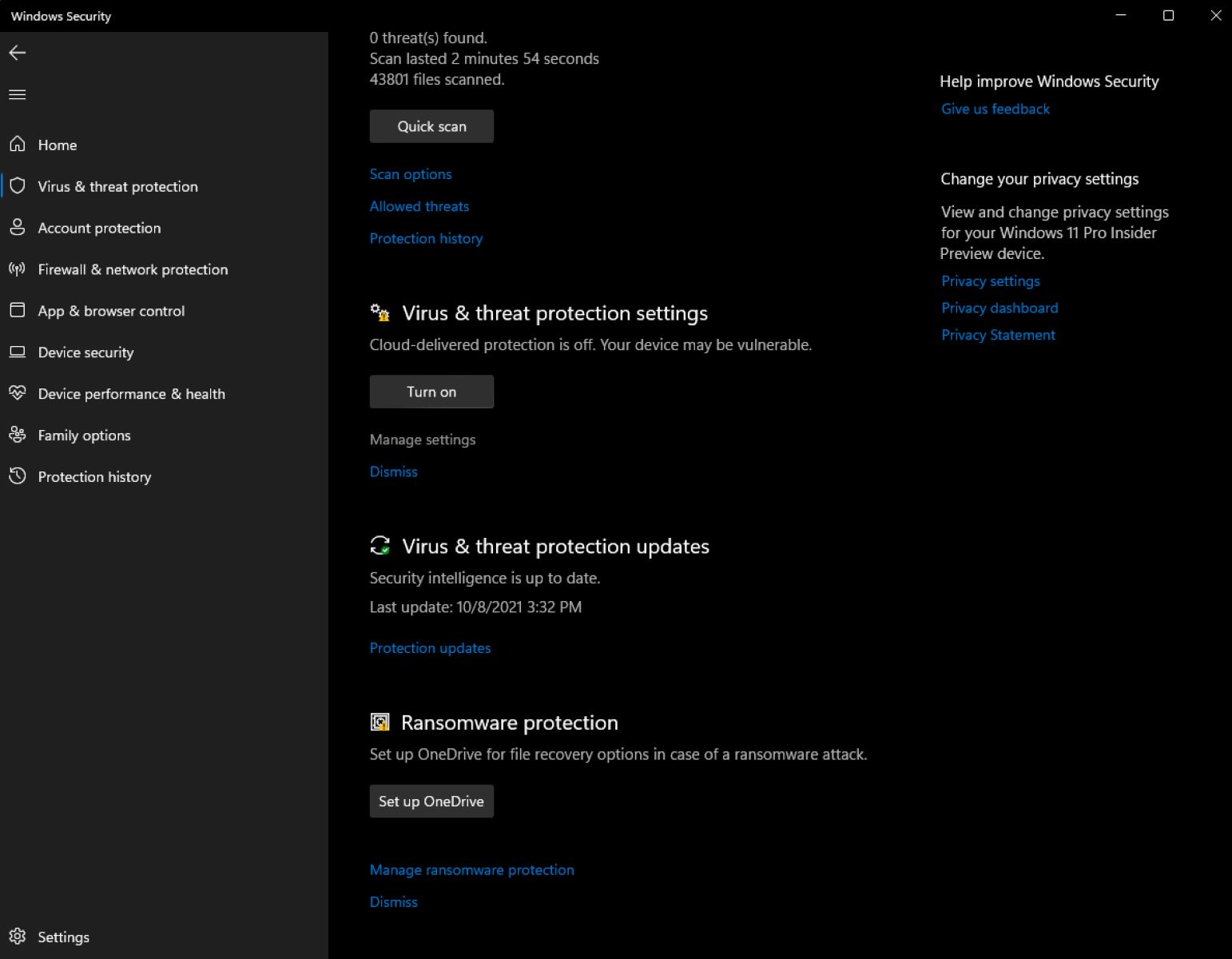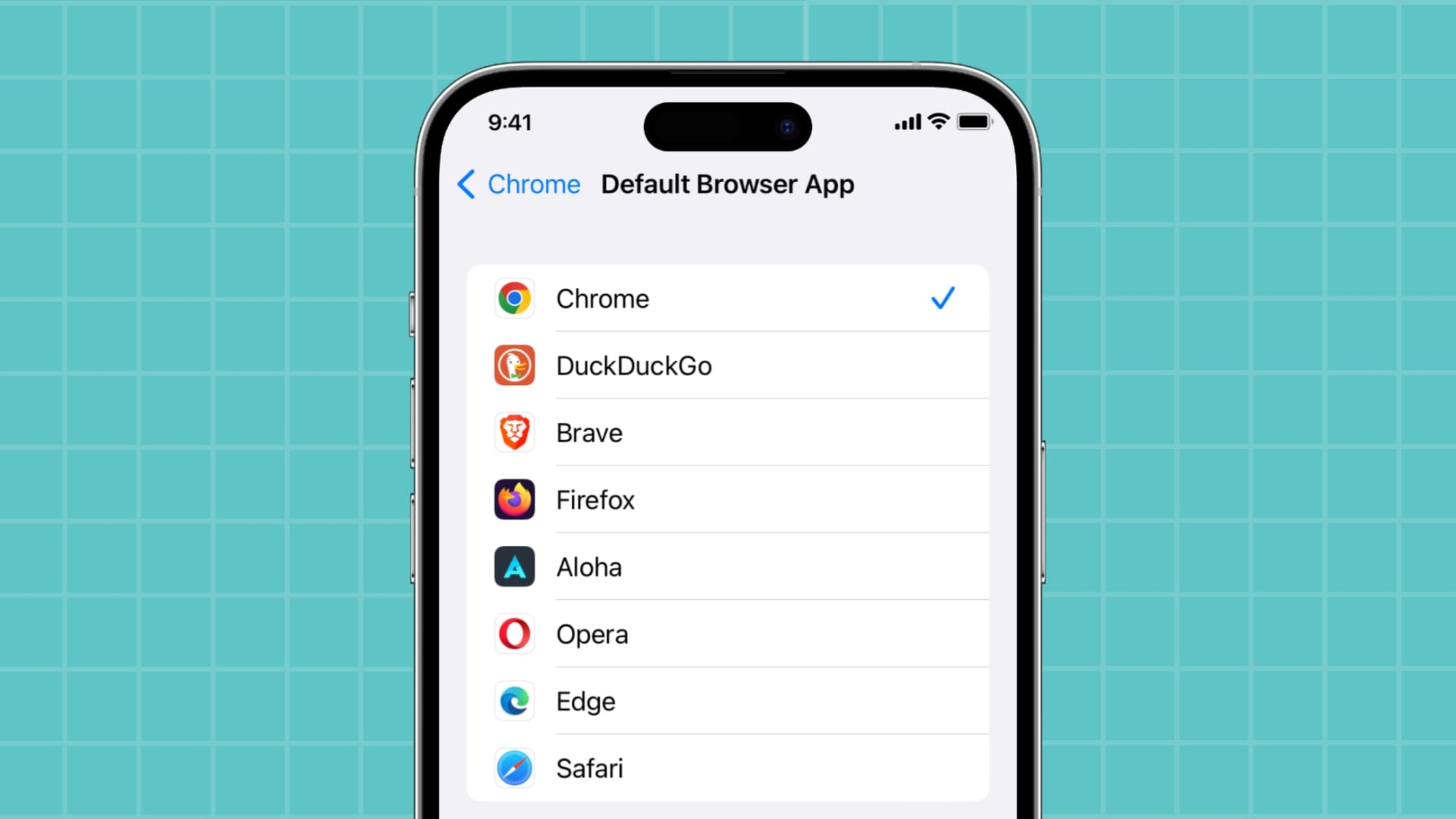Introduction
When it comes to browsing the web, convenience and security are two crucial factors that users prioritize. With the increasing number of online accounts and platforms, remembering all the passwords can be a daunting task. This is where the browser's password-saving feature comes to the rescue. Google Chrome, one of the most popular web browsers, offers a built-in password manager that allows users to save and autofill their login credentials for various websites.
In this article, we will delve into the intricacies of accessing and managing saved passwords on Google Chrome for Mac. Whether you're a seasoned Chrome user or a newcomer to the platform, understanding how to view and control your saved passwords can significantly enhance your browsing experience. From accessing the Chrome password manager to exploring the methods for viewing and managing saved passwords, we will guide you through the process with clear and concise instructions.
So, if you've ever found yourself in a situation where you've forgotten a password or simply want to review the credentials saved on your Mac's Chrome browser, you've come to the right place. By the end of this article, you'll be equipped with the knowledge and tools to effortlessly navigate the realm of saved passwords within Google Chrome, empowering you to take control of your online security and streamline your browsing activities. Let's embark on this insightful journey to uncover the secrets of managing saved passwords on Mac Chrome.
Accessing Chrome Passwords
Accessing the saved passwords in Google Chrome on your Mac is a straightforward process. Whether you want to review a specific password or manage your entire collection of saved credentials, Chrome provides a user-friendly interface for accessing this vital information.
To begin, launch Google Chrome on your Mac and ensure that you are signed in to your Google account. This step is crucial as it allows Chrome to sync your saved passwords across devices, providing a seamless browsing experience.
Once you're signed in, navigate to the top-right corner of the Chrome window and click on the three-dot menu icon. From the dropdown menu, select "Settings." This action will open a new tab displaying various settings and customization options for your Chrome browser.
Within the Settings tab, locate and click on the "Passwords" option. This will direct you to the Passwords section, where you can access all the saved login credentials associated with your Chrome browser.
Upon entering the Passwords section, you will be presented with a list of websites for which Chrome has saved your login information. Each entry typically includes the website's URL, your username or email address, and an option to reveal the saved password.
To view a specific password, simply click on the eye icon next to the corresponding entry. Chrome will prompt you to enter your Mac's system password for verification purposes. Once verified, the saved password will be revealed, allowing you to access the login credentials for the selected website.
In addition to viewing individual passwords, Chrome also offers the option to export your saved passwords to a file. This feature can be particularly useful if you want to create a backup of your credentials or migrate them to another browser or password manager.
By following these steps, you can effortlessly access and review the saved passwords within your Google Chrome browser on your Mac. This accessibility empowers you to stay informed about the login credentials stored in Chrome, enabling you to manage and utilize them effectively as you navigate the digital landscape.
With a clear understanding of how to access your Chrome passwords, you are now ready to explore the next crucial aspect: viewing and managing your saved passwords with ease and confidence. Let's delve into this essential process to further enhance your browsing experience and security posture.
Viewing Saved Passwords
Accessing the saved passwords in Google Chrome on your Mac is a straightforward process. Whether you want to review a specific password or manage your entire collection of saved credentials, Chrome provides a user-friendly interface for accessing this vital information.
To begin, launch Google Chrome on your Mac and ensure that you are signed in to your Google account. This step is crucial as it allows Chrome to sync your saved passwords across devices, providing a seamless browsing experience.
Once you're signed in, navigate to the top-right corner of the Chrome window and click on the three-dot menu icon. From the dropdown menu, select "Settings." This action will open a new tab displaying various settings and customization options for your Chrome browser.
Within the Settings tab, locate and click on the "Passwords" option. This will direct you to the Passwords section, where you can access all the saved login credentials associated with your Chrome browser.
Upon entering the Passwords section, you will be presented with a list of websites for which Chrome has saved your login information. Each entry typically includes the website's URL, your username or email address, and an option to reveal the saved password.
To view a specific password, simply click on the eye icon next to the corresponding entry. Chrome will prompt you to enter your Mac's system password for verification purposes. Once verified, the saved password will be revealed, allowing you to access the login credentials for the selected website.
In addition to viewing individual passwords, Chrome also offers the option to export your saved passwords to a file. This feature can be particularly useful if you want to create a backup of your credentials or migrate them to another browser or password manager.
By following these steps, you can effortlessly access and review the saved passwords within your Google Chrome browser on your Mac. This accessibility empowers you to stay informed about the login credentials stored in Chrome, enabling you to manage and utilize them effectively as you navigate the digital landscape.
With a clear understanding of how to access your Chrome passwords, you are now ready to explore the next crucial aspect: viewing and managing your saved passwords with ease and confidence. Let's delve into this essential process to further enhance your browsing experience and security posture.
Managing Saved Passwords
Managing saved passwords in Google Chrome on your Mac is an essential aspect of maintaining your online security and streamlining your browsing activities. Once you have accessed the Passwords section within Chrome's settings, you can take proactive steps to organize, update, and remove saved credentials as needed.
Organizing Saved Passwords
Upon entering the Passwords section, you will be greeted with a comprehensive list of websites and their associated login credentials. To streamline this information and ensure easy access to your saved passwords, Chrome offers the option to search for specific websites or usernames using the search bar at the top of the Passwords section. This functionality allows you to quickly locate and access the credentials you need, saving valuable time and effort.
Updating Saved Passwords
As you navigate various online platforms, you may encounter situations where you need to update your login credentials. Whether it's due to a password change or account security measures, Chrome simplifies the process of updating saved passwords. When you change a password for a specific website, Chrome will typically prompt you to update the saved password associated with that site. This seamless integration ensures that your saved passwords remain up to date, reflecting any changes made to your online accounts.
Removing Saved Passwords
In the event that you no longer require a saved password or wish to declutter your list of credentials, Chrome provides a straightforward method for removing saved passwords. Within the Passwords section, you can select individual entries and choose to delete them from your saved passwords. This feature empowers you to maintain a tidy and relevant collection of saved credentials, reducing clutter and minimizing the risk of outdated or unnecessary passwords lingering within your Chrome browser.
Security Considerations
While the convenience of saved passwords is undeniable, it's crucial to prioritize security when managing your credentials. Chrome encourages users to set a strong and unique passphrase for accessing their saved passwords within the browser. This additional layer of security helps safeguard your sensitive login information, adding an extra barrier against unauthorized access to your saved passwords.
By actively organizing, updating, and removing saved passwords within Google Chrome on your Mac, you can optimize your browsing experience while prioritizing the security of your online accounts. This proactive approach to managing saved passwords empowers you to maintain a well-organized and secure collection of credentials, enhancing your overall digital resilience and peace of mind.
With a comprehensive understanding of how to manage your saved passwords within Google Chrome, you are well-equipped to navigate the realm of password management with confidence and efficiency. By implementing these best practices, you can harness the full potential of Chrome's password-saving feature while upholding the highest standards of online security and convenience.
Conclusion
In conclusion, the ability to access and manage saved passwords within Google Chrome on your Mac is a valuable asset that enhances both convenience and security in your online endeavors. By following the intuitive steps to access the Chrome password manager, you can effortlessly review and utilize your saved credentials, streamlining your login experiences across various websites and platforms.
The seamless process of viewing and managing saved passwords empowers you to take control of your digital security while simplifying the login process for your favorite websites. Whether you need to retrieve a forgotten password, update your login credentials, or remove outdated entries, Chrome's password management capabilities provide a user-friendly interface for these essential tasks.
Furthermore, the option to export saved passwords to a file adds an extra layer of flexibility, allowing you to maintain backups of your credentials or seamlessly transition to alternative password management solutions if needed. This feature underscores Chrome's commitment to empowering users with comprehensive control over their saved passwords, fostering a sense of autonomy and security in their online interactions.
As you navigate the digital landscape, it's important to strike a balance between convenience and security when leveraging the capabilities of Chrome's password manager. By organizing, updating, and removing saved passwords with diligence and foresight, you can cultivate a well-maintained collection of credentials that reflects your evolving online activities and priorities.
Additionally, prioritizing the security considerations outlined within Chrome's password management framework, such as setting a strong passphrase for accessing saved passwords, serves as a proactive measure to fortify the protection of your sensitive login information.
Ultimately, the knowledge and insights gained from this exploration of managing saved passwords on Mac Chrome empower you to navigate the digital realm with confidence and resilience. By embracing the convenience of saved passwords while upholding robust security practices, you can optimize your browsing experiences and safeguard your online presence effectively.
In essence, the journey to uncover the secrets of managing saved passwords on Mac Chrome equips you with the tools and understanding to harness the full potential of Chrome's password-saving feature, enhancing your digital interactions and reinforcing your online security posture.















![20 Best Productivity Apps to Get Things Done [PC & Mac]](https://robots.net/wp-content/uploads/2020/05/write-593333_1920-300x177.jpg)









